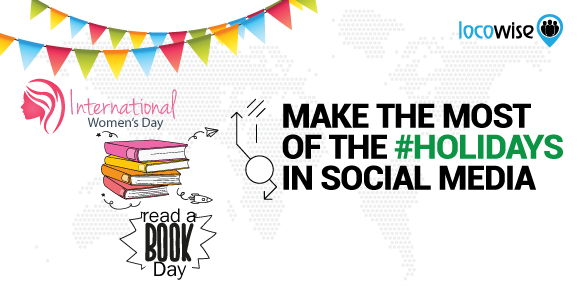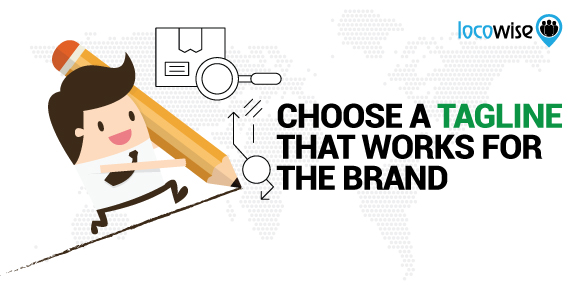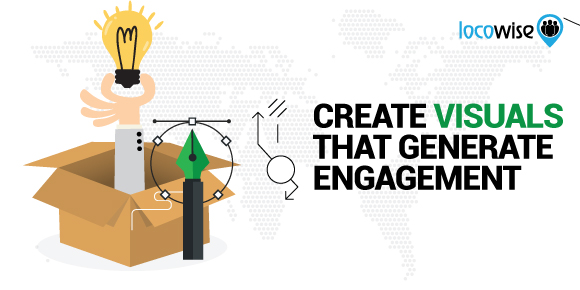Do You Need A Brand Refresh On Social Media?
Sahail Ashraf posted on 19 April 2017
If social media has told us anything about branding, it is that social media allows for a lot of fluidity. This basically means that any brand can literally change how it looks overnight across the various social platforms, and gain a refreshing look that can be used for seasonal events, special anniversaries and so on. But it doesn’t have to stop there. With the power of social media and the many ways you can change things, you can go for a whole new look that can affect your bottom line.
If an agency has the permission to suggest changes to the way a product is packaged, this is another way of ensuring that the client’s product has an impact in the market. Change a color, make the font larger on the packaging, and so on.

But there is even more scope and potential to change the world with how the brand looks online. By tweaking a few aspects here and there, you can gain more reach and engage more of your audience. It’s possible that just the colour of the product online can potentially bring you a new audience.
Hashtags
This is one way to effectively rebrand your client and their product. This is quite easy to carry off for a campaign (just find a hashtag that sums up your new project) but if you are looking for a refresh in a comprehensive way, it takes a little more work.
Of course, you have your original branding points, such as taglines and mission statements, but you can have a different image online and hashtags have a part to play. Do a bit of research and find a hashtag that isn’t being used online at the moment. The new hashtag for your brand needs to be linked to the brand itself. It has to be a series of words (or just one word) that sums up the brand’s mission.
This part is actually quite easy in a way. Coming up with a hashtag that sums up the brand should not be too much of a problem if you know your client well. The difficult part is condensing it, so people don’t have to spend an inordinate amount of time searching for it or using it themselves. Keep the hashtag as short as you possibly can while at the same time retaining that link to the brand ethos. You also need to strive to make the hashtag easy to spell. Okay, we can’t all come up with #justdoit but we should be aiming high on this one.

This new hashtag will bring a new image to your client’s products. It will, therefore, if it is done well and consumers have some kind of connection with it, help to engage more customers. It’s a reasonably quick way of changing the connections audiences have.
And this means you can tailor it to the particular platforms. Have a young and hip audience on Instagram? Use the hashtag that suits them when talking about your product. A more professional audience on Twitter? Same applies.
Taglines
These have been around for aeons, and they provide a perfect opportunity to give your product and the brand behind it a new lease of life.
Taglines can be short and smart, especially if they are used for an audience that is young and busy. On LinkedIn for example, you may decide your tagline should not be ‘just eat it’ but perhaps something more along the lines of ‘a sophisticated dish’. You get the picture, where you are is what counts.
The key tip here is similar to what we talked about around hashtags. The tagline has to resonate, and bring across the key ethos points of the brand. Once the brand recognises that it has plenty of potential here, the possibilities are many and varied. Again, have a look and choose something that works for the brand.

The image
This is arguably the most important and accessible aspect of what happens on social. And if you change your product image on social media, you’re making a pretty big change. Obvious statements aside, the main aim here if you want a refresh is to understand what your audience is looking for. Making a big change in the real world of real world products can take a lot of time. But making a change online means looking at the colours and the images that you use on the Web. This is quite manageable, and simply asks that you think of the brand itself and what it stands for.
Changing brand colours on your social media platform is easy. Again, it’s a matter of looking carefully at the audience you have. Knowing their personalities and their wants and needs means you can create colours through the branding you place on each platform that resonates with them. Cool and corporate could be perfect for LinkedIn, for example. At the same time, you’re heading into fun and bright colours for an audience on Snapchat or even Twitter if your audience there is of that ilk.
Then we come to the images. You can have a lot of fun here while repositioning your brand to suit a particular audience. Imagery is just like colours, and requires that you understand your audience well to make the right choices.

As with all your work on social media, this is about making sure that you test as much as possible. Like a shop window, a new colour or image and even a new tagline will do things for your reach and engagement. Tracking all of this makes perfect sense. If it doesn’t work, ditch it.
Changing your image or your product’s image online to suit the needs of your audience is well worth looking into. It could have a real impact on your engagement.
If you’re looking at making major moves on social, you need to be able to test your results. Try Locowise, absolutely free, for 7 days. You’ll be glad you did.




